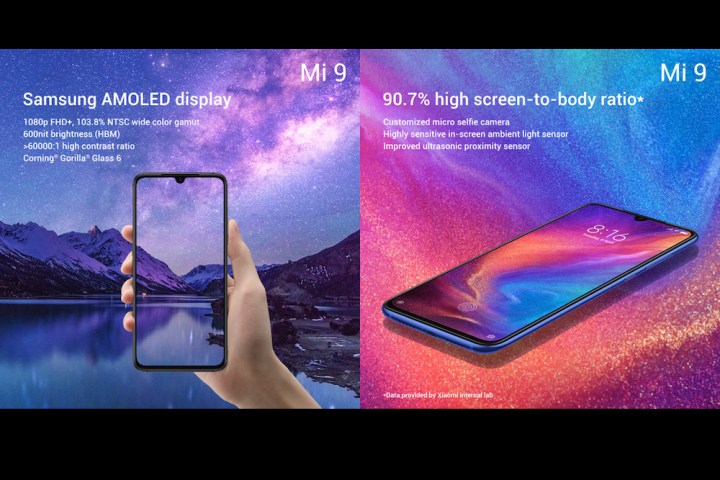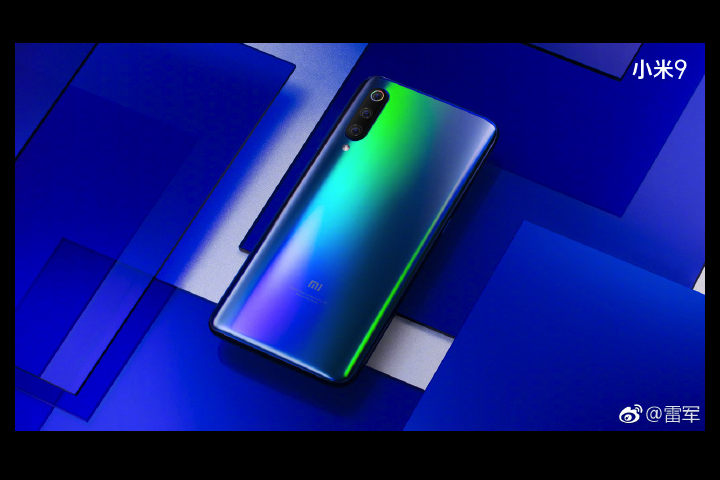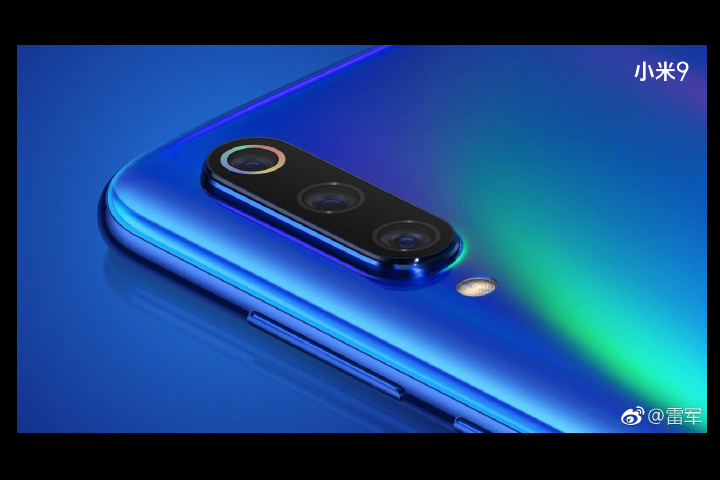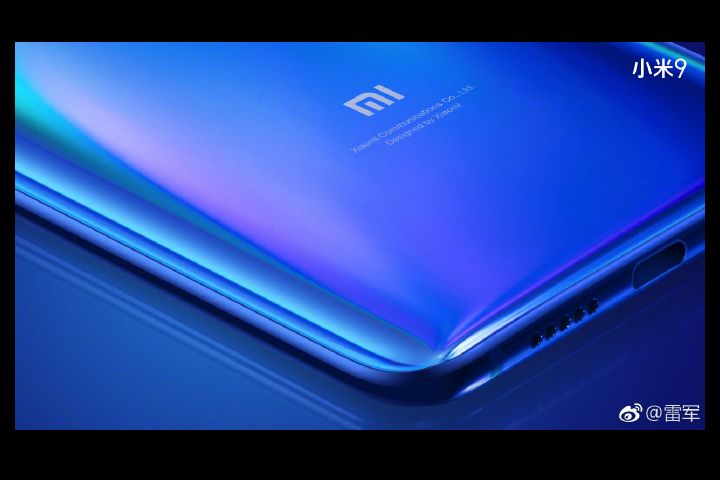Xiaomi has announced the Mi 9 for release in Europe and China, after several weeks sharing key pieces of information about the device to fuel our excitement. It doesn’t disappoint, as it not only brings the Snapdragon 855 processor with it, but also Xiaomi’s first triple-lens camera, and a beautifully designed glass body too. Here’s everything you need to know about it.
Design

The Xiaomi Mi 9 is made from glass, with a sheet of 2.5D Gorilla Glass 6 on the back, and Gorilla Glass 5 on the front over a 6.4-inch AMOLED screen with a 2340 x 1080 pixel resolution. The body comes in four different colors. The standard black looks great, but the lavender and blue versions are really stunning. Additionally, there is a transparent version, just like we saw with the Mi 8 Pro Explorer Edition. Again, you’re not seeing actual components, just representations, but there’s no denying it’s an eye-catching look.
Performance and battery
There’s some serious firepower inside the Mi 9, as it holds the very latest Qualcomm processor — the Snapdragon 855 which can run at speeds up to 2.84GHz. The Mi 9 has 6GB of RAM and comes with either 64GB or 128GB of internal storage space. Xiaomi is one of the first manufacturers to announce the inclusion of the new chip, along with OnePlus and Lenovo.
The 3,300mAh battery may sound quite small, but the Snapdragon 855’s increased efficiency should see it last for longer than expected. Additionally, the Mi 9 comes with wireless charging, and Xiaomi has engineered its own wireless, 20-watt fast charger. It’s an extra — set to cost around $25 — and will charge the phone in about an hour and 40 minutes. Use the cable, and a full charge will come up in an hour and five minutes, according to Xiaomi.
Camera
This is the first time Xiaomi has used a triple-lens camera on one of its smartphones, and it has gone all-out with the specification. The main lens is Sony’s IMX586 sensor, just like that fitted to the Honor View 20, and it has 48 megapixels with an f/1.75 aperture, plus some clever pixel binning technology to combine four pixels into one. This enhances image quality in low light.
It’s joined by a 12-megapixel telephoto lens and a 16-megapixel wide-angle lens with a 117-degree field of view. The selfie camera has 20-megapixels, and each camera is enhanced by artificial intelligence. This includes A.I. portrait modes, a night mode, and scene detection. Xiaomi co-founder Wang Chuan via the Weibo social network recently published some images taken with the Mi 9, to show off its ability.
Security, software, and special features
A fifth-generation fingerprint sensor is set under the screen. It’s a step beyond the sensor fitted to the Mi 8 Pro, and promises to deliver greater speed and more reliability. It has a special feature, too — hold it down and three shortcuts appear when the phone is unlocked: A search button, a calendar reminder, and a QR code scanner.
On the side of the phone is an extra button used to call up Google Assistant, although it can also be programmed to perform other tasks, including opening the camera app. The Xiaomi Mi 9 has Android 9.0 Pie with MIUI 10.2 over the top.
Price and availability
The Xiaomi Mi 9 has been announced for Europe and China, with the global announcement coming at Mobile World Congress in February. The price in Europe has been set at 500 euros, or about $570, but Xiaomi has not confirmed the U.K. price yet. It is due for release soon.
Updated on March 15, 2019: Added European price.
Editors' Recommendations
- How fast is 5G? What you need to know about 5G speeds
- Is Temu legit? Everything you need to know about the shopping app
- What is RAM? Here’s everything you need to know
- Everything (and we mean everything) to know about 5G on the iPhone
- OnePlus 10T buying guide: everything you need to know







